
The Fermor Chapel, Somerton, houses the tombs of many of the Fermor family who held the land in the 16th and 17thC.
The tombs of the great and good fascinate many people. They are often superb works of art in their own right and preserve a remarkable record of the people, customs and costumes of their day. While paintings and sketches may give us textures and colours, it is not until you see a three-dimensional representation that the flowing fabrics of the ladies and the robes and armour of the gentlemen that you realise the full picture.

Tomb of William Fermor, the founder of the Fermor family who died in 1552. The brass shows his wife Elizabeth Norrys. The brasses were re-used from older tombs and have other dedications on the back.
As you walk around churches and burial grounds, there are usually only names and dates inscribed on headstones and memorials, sometimes an intriguing epitaph or a snapshot of family life through the names of spouses, children and grandchildren. The vast monuments to the lords and ladies of the land not only put a face and figure to those they commemorate, but somehow also serve to remind us of the uncommemorated dead, those buried with no more than a shroud and no stone to mark where they rest.

They also remind us that these were people, just like us, who lived, laughed, wept and loved. They passed through the world as we all do, leaving it as we all must…and that is not a sad or scary thing, but a simple fact of life.

Thomas Fermor, who died in 1580 and his wife Briggitta

Briggitta’s little dog plays with the ribbons fastening her dress.
What seems to scare people most is the risk of oblivion, both the feared oblivion of an after where they are not and the obliviousness of those who come after, forgetting that person had ever lived. In some ways, I find these monuments to be a sad and silent witness to the ego’s need to be remembered. They are also a political testament to achievement and position that stand as silent buttresses to the family name through its generations. And perhaps, too, some are simply expressions of the love and grief of those left behind.

Richard Fermor, son of Thomas, died in 1642

Whatever the reason behind their creation, the monuments which may once have been painted in the colours of life, seem to give the lie to the permanence of death, suggesting that it is not the end of a story, but only the beginning.

John, Richard’s eldest son
John predeceased his father, dying young in 1625. His epitaph reads:
O hurrying traveller, grudge not to check thy step. See who I was and ponder well. My name was John Fermor, the eldest son of his parents and the first hope of the House of Fermor. I was in the flower of youth, my cheeks were bright and blooming, and having just married a wife I was full of joy.
Scarcely had I begun my course when suddenly cruel Death bade me halt and stopped the journey I had started. I pleaded my strength and wealth and my flower of youth, my wife’s tears and my father’s sad prayers. But my words fell upon deaf ears: inflexible Death drew his weapon and laid me low with a cruel wound.
But why speak I of myself? So many sons lie here buried in the earth, but their spirit ascends to the stars. While thou readest this, pity my fate and say a propitious prayer. My present fate may soon be yours.








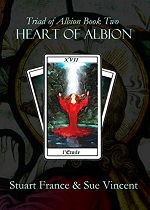






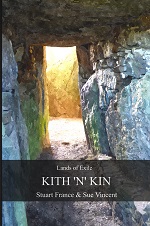
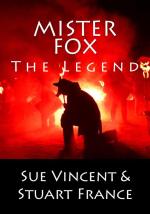

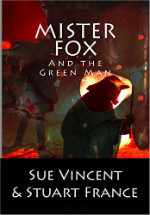
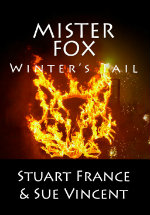


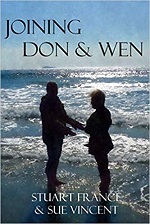

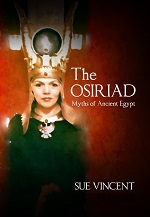










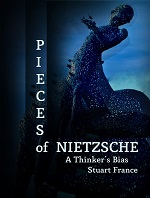
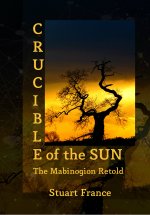


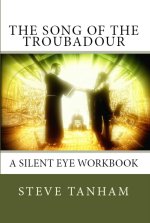


I love the people fashioned for the tombs. I wonder when they posed for them. That must have felt rather odd, don’t you think?
LikeLiked by 1 person
Yes, it must… though I don’t think their view of death was quite the same back then…
LikeLiked by 1 person
Incredible monuments. The carvings and three dimensional forms really bring history to life.
LikeLiked by 1 person
They do, Jennie. You are in no doubt that these were people, not just ‘historical figures’ somehow divorced from reality.
LikeLiked by 1 person
Exactly!
LikeLiked by 1 person
This place holds so many treasures.
LikeLike
It was an amazing little church, Darlene. And to be fair, even now there are still small details I could have shared.
LikeLike
Incredible Sue. I wonder how long they took to complete, they are so intricate and detailed.
LikeLike
I know that one of them cost forty pounds…a huge sum of money back then. They really are marvellously detailed pieces.
LikeLiked by 1 person
Imagine what it would cost now.
LikeLike
It doesn’t bear thinking about… I bet you could add a handful of zeros though…
LikeLiked by 1 person
Oh yes, many, many zeros.
LikeLike
I would imagine so…
LikeLiked by 1 person
This little church has been a treasure trove of discoveries.
LikeLike
It has… a superb place to visit. And I found another thing or two in the village that might well drag us back there too 😉
LikeLike
Reblogged this on Die Erste Eslarner Zeitung – Aus und über Eslarn, sowie die bayerisch-tschechische Region!.
LikeLiked by 1 person
Thanks again, Michael 🙂
LikeLiked by 1 person
Thank you Sue, for exploring this piece of England, which was previously unknown to us.
Attention a joke ;-): A joke: This island is a bit bigger than we had hitherto thought. LOL
LikeLike
This island is enormous when you start looking at the details 😉
LikeLiked by 2 people
Hi Sue! I love museums and although this is a tomb it seems like a museum of sorts to me. The sculptures are beautiful and if I had the funds I would have a beautiful cemetery on my property and each of my loved ones would have their very own sculpture and huge marble angels would weep over them. The words written on John’s epitaph are chilling and powerful but also moving. Great post!
LikeLike
It is a museum of sorts, even though it is a church. I scattered my loved ones to the four winds. The earth they walked is monument enough for me.
LikeLike
That place looks so interesting!
LikeLike
It is.
LikeLike
Interesting. I suppose they planned for burial just as some do today. Some people today have family plots. In those days families commissioned paintings of members is they could afford it. If they died without a painting perhaps an artist sketched and measured the body for the tomb. I’d guess there are books about this as about other things. I’ve read some families had death masks made. —- Suzanne
LikeLiked by 1 person
Many of the potraits were commissioned in life. Some, you get the feeling that they were working from descriptions and didn’t quite get it right. Death has always been big business for those who could afford it.
LikeLiked by 2 people
Reblogged this on Blog Pad 2017.
LikeLike
Thanks Henrietta
LikeLike
You are welcome!
LikeLiked by 1 person
Loved the title!
Such carvings. The little dog being included adds whimsy and hints of the person who was.
A much more fun way to discover history – sad so many only experience what is in windowless rooms and textbooks
Enjoyed this greatly – your observations and especially the epitaph.
LikeLike
Thanks Phil, the dog made it for me…such a playful touch and, judging by the jewelled collar, much loved by its mistress.
LikeLike
Is there a reason why young John is lying on his side, or is he just too cool to do what the parents are doing?
LikeLiked by 1 person
I think he’s just being cool 😉
LikeLiked by 1 person
Now. Are you SURE he is just being cool? 😮
In adopting such an un-Christian-like pose, somebody has written a story not shared with his father. The position of the rather oddly scaled dagger may be significant, whilst the grip of his hand (sinister) on the shaft of said weapon may offer further clues to the tale. The use of his knightly helm as a temporary headrest, whilst his eyes (like his fathers) remain open, indicate rest rather than sleep or, indeed, death.
The year intrigues me. 1625, and all that. The House of Fermor were Catholic supporters, if not Catholics themselves. Rumblings are afoot! The epitaph borders on hinting at things unwritten… what was that cruel wound that laid low the first hope of the house?
And would such a blow have been dealt so early?
Much to ponder, dear, much to ponder… 🙂
LikeLike
I did have my own ponder over that pose…especially with the hilt of the sword. By all accounts the Fermors were staunchly Catholic and celebrated the Mass in their home for a congregation of local Recusants.
LikeLiked by 1 person
Thanks for this wonderful posting. People view death in so many different ways. The dog clutching the ribbon really got to me.
LikeLike
It did me too…that’s such a touching image …
LikeLike